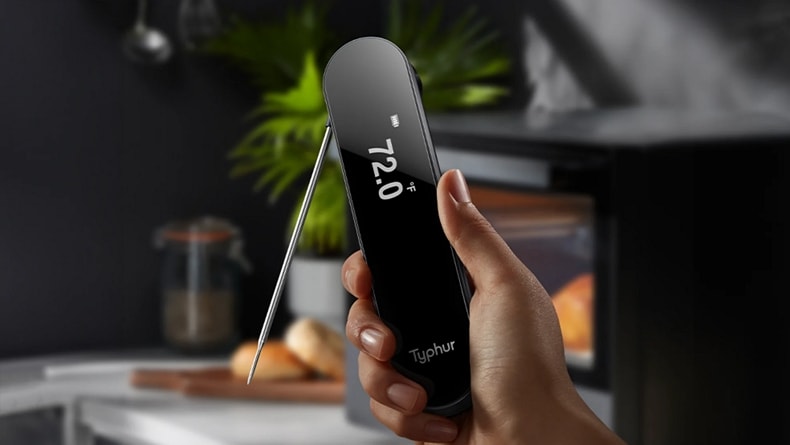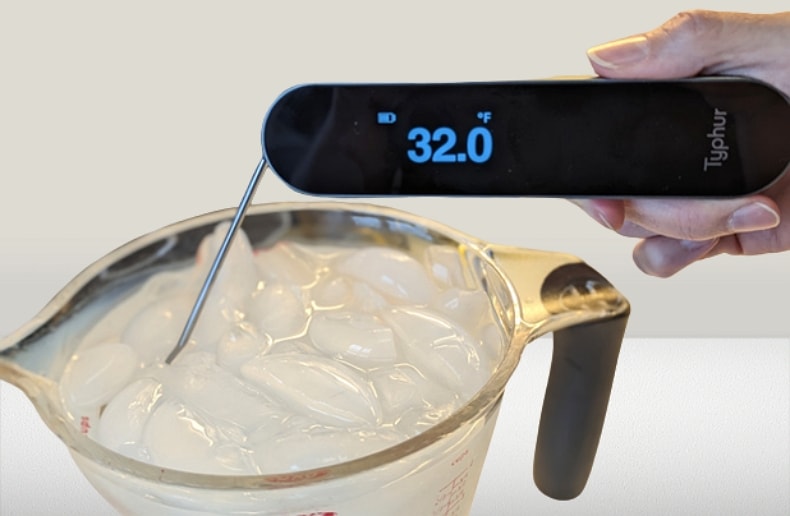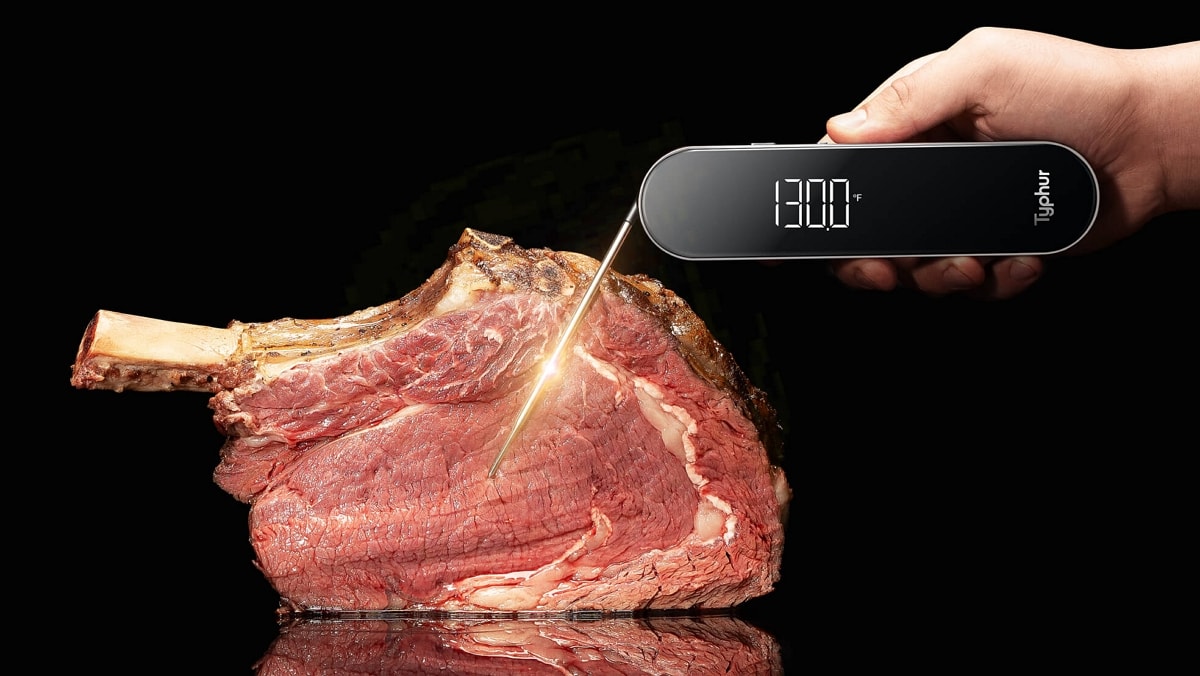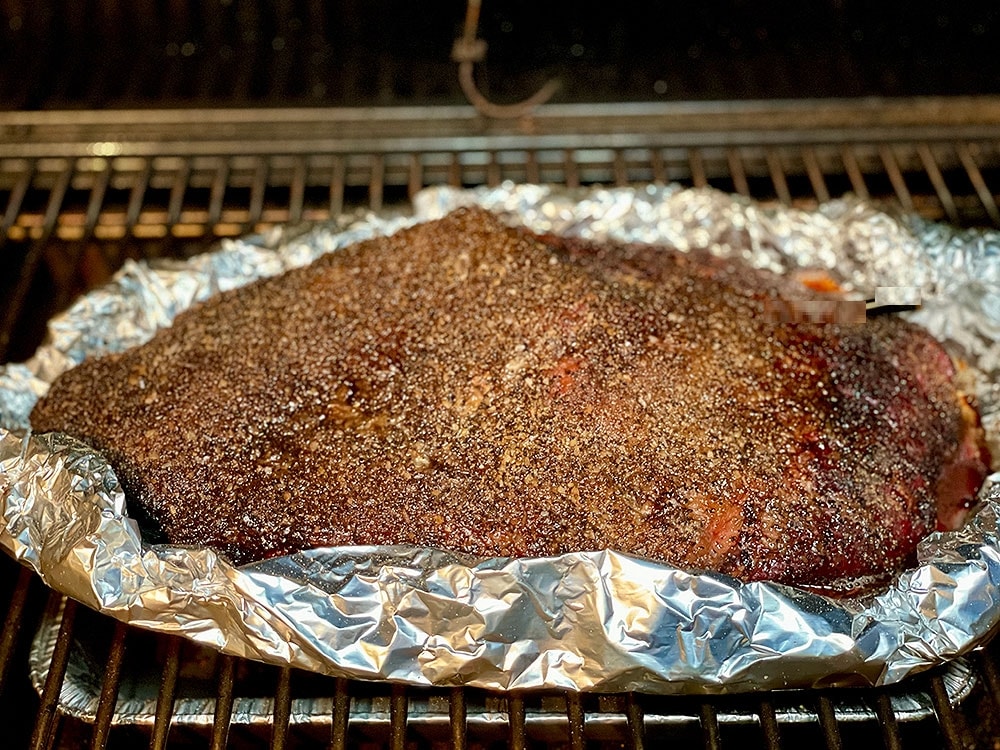
Instant-read meat thermometers have become essential kitchen tools. They are widely used to measure the internal temperature of food for precise cooking and safety.
However, not all instant-read meat thermometers are the same. The key difference is the temperature reading speed or response time.
This seemingly minor feature actually has a significant impact on the cooking process.
How Instant Read Thermometer Affects Cooking Results
An instant-read thermometer helps achieve perfect cooking results and ensures cooking safety.
Achieve Perfect Cooking Results
Temperature control is crucial for the texture, color, and nutrient retention of the food. This is because ingredients undergo various chemical and physical changes when heated, like protein denaturation and starch gelatinization, which often occur at specific temperatures.
For example, actin in fish starts to denature around 140°F / 60°C, while in land-based proteins, it’s around 150–163°F / 66–73°C (depending on exposure time, pH, etc.). When it reaches or exceeds the temperature at which actin (a protein in muscle) denatures, it causes muscle fibers to contract and lose moisture. If a thermometer is slow to respond, it might not accurately reflect these changes, leading to overcooked food.
So, in cooking, especially with temperature-sensitive or high-heat dishes, a few seconds can mean the difference between perfect and overcooked food.
Ensure Cooking Safety
Fast and accurate temperature response is essential for safe cooking practices. If a thermometer is slow at responding, it may force users to wait longer in a high-heat environment for an accurate reading, leading to the risk of burns.
What Affects the Response Time of a Thermometer?
The speed or response time of a thermometer is influenced by several factors.
Type of Thermometers
Different types of thermometers like mercury, resistance or thermocouples have different response times. Generally, thermocouples are the fastest, but choosing the right one involves considering accuracy, range, and environmental conditions.
For Typhur InstaProbe, we evaluated dozens of thermistors and thermocouples for speed and accuracy, and after many simulations and experiments, we chose the best thermocouple for InstaProbe.
Our experiments indicated the position of the thermocouple within the probe significantly affected the response time. A thermocouple that directly contacts the heat source achieves the fastest measurement. Our unique DCTi™ technology installs the thermocouple at the probe’s tip providing direct contact with the heat source and maximizing the speed of temperature measurement.

The Size of the Probe’s Needle Tube
The size of the probe’s needle tube is a critical factor in the response time of a thermometer. A larger needle tube requires more heat to read the target temperature.
However, too thin a probe can be prone to bending and damage. Most handheld thermometers on the market use a 1.7mm diameter probe. After extensive research and validation, we chose a 1.5mm probe for faster temperature measuring speed while ensuring probe quality and rigidity.
Probe Materials
Materials with better thermal conductivity transfer heat to the sensor faster.
We analyzed probes made of stainless steel, magnesium alloy, and copper alloy. Stainless steel has a lower thermal conductivity than magnesium or copper alloys, but it has excellent corrosion resistance and heat tolerance. After much evaluation, we chose 304 food-grade stainless steel for InstaProbe.
Display Response Speed
We also focused on the speed of the thermometer’s display. By using a high sampling rate to read temperature data, we ensure the detected temperature is shown on the screen as quickly as possible.
At the same time, we use smart algorithms to display the current temperature to display without fluctuating too much. This allows InstaProbe to achieve reading speeds in 0.5 seconds.
Thermometer Accuracy
If a thermometer isn’t accurate enough, it can greatly hinder the calculation of response time. We use a high-precision, high-performance GD32L233+CS1232 chip to ensure an accuracy of ±0.5℉ (0.3℃).
How to Test a Thermometer’s Response Time?
The American Society for Testing and Materials (ASTM) suggests testing in an ice bath for these reasons:
- Stable Temperature: An ice bath provides a controlled environment with a stable temperature.
- Uniform Temperature: Temperature is evenly distributed in an ice bath, reducing testing errors.
- Uniform Temperature: Temperature is evenly distributed in an ice bath, reducing testing errors.

When testing, carefully insert the probe tip into an ice bath, stir, and time it. Stop timing when the thermometer reads within the 32°F (0°C) range. For the Typhur InstaProbe, with its accuracy of ±0.5℉ (0.3℃), stop timing when the display shows a temperature range between 31.5℉ (-0.3℃) and 32.5℉ (0.3℃).




